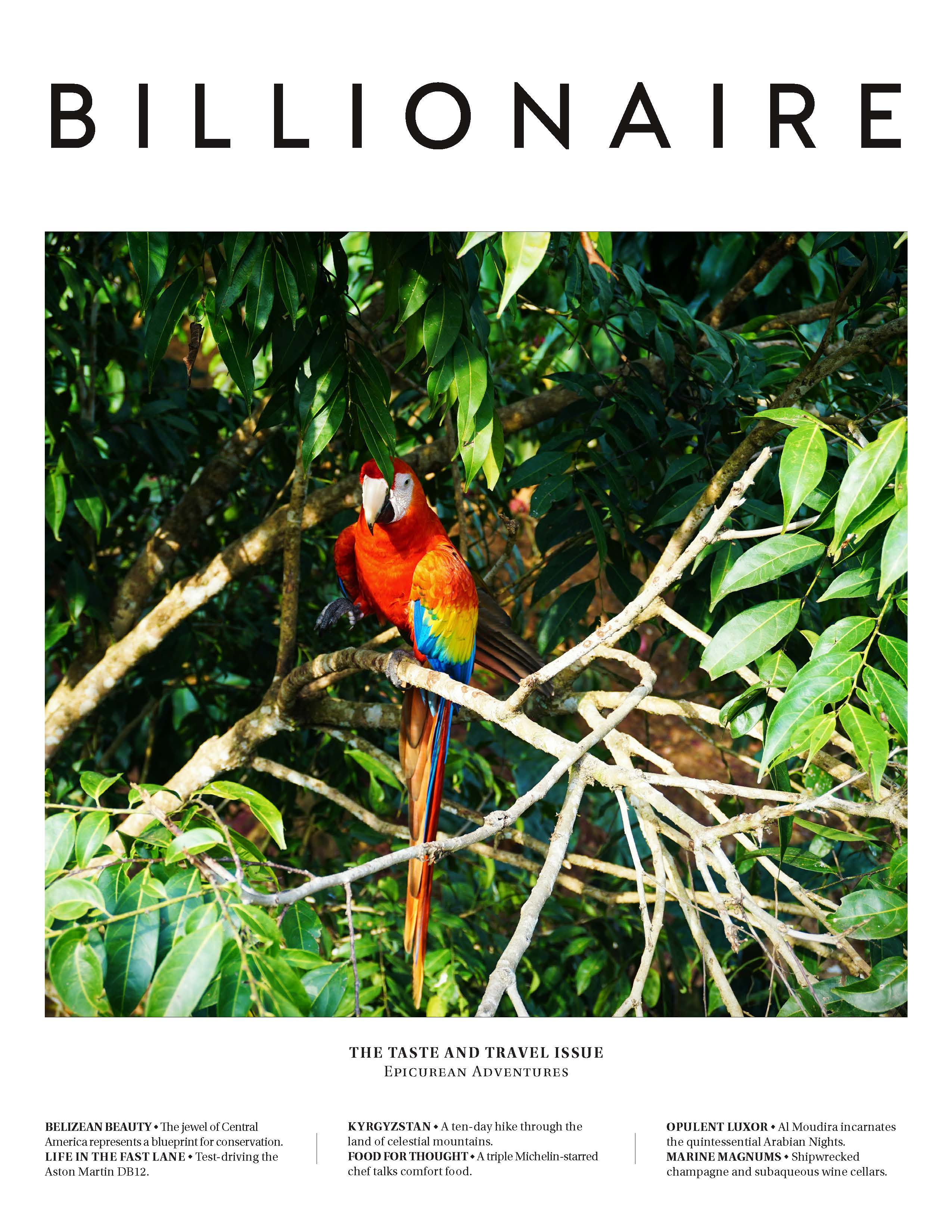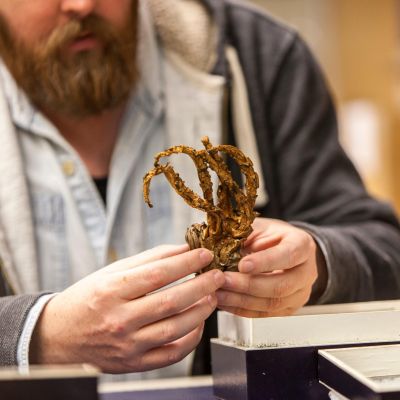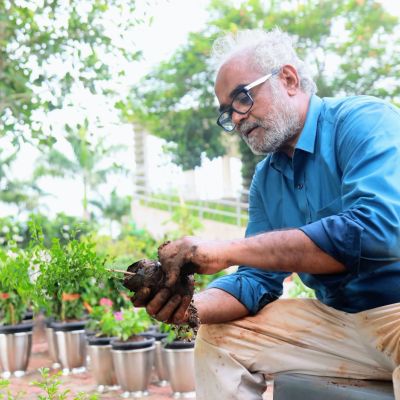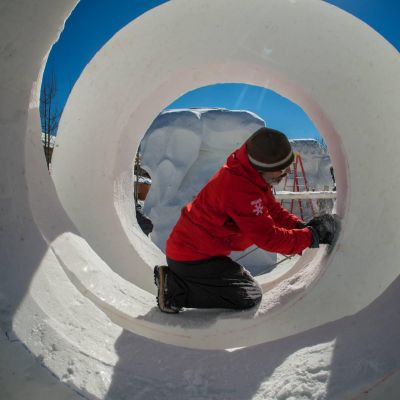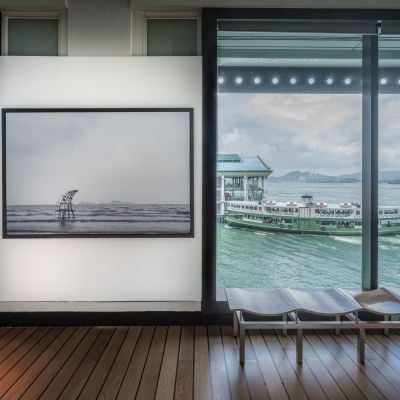Ocean Terroir
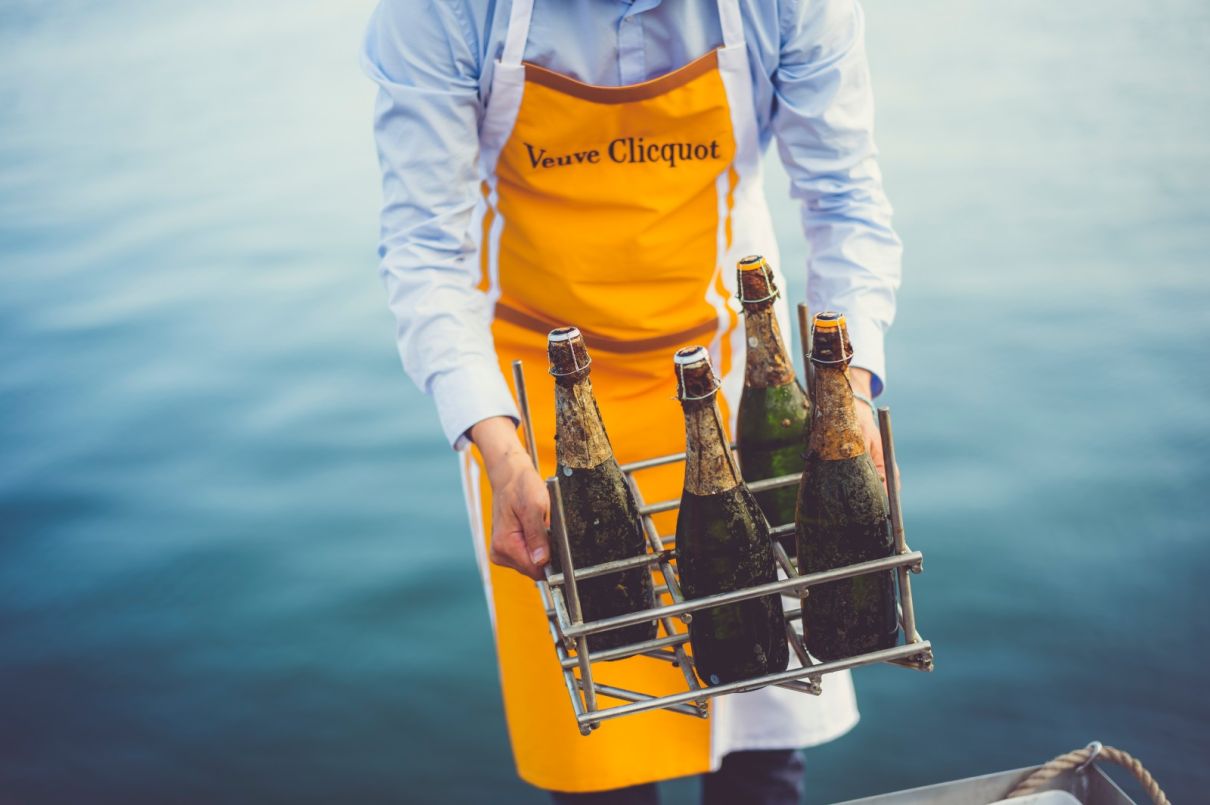
A discovery of 170-year-old shipwrecked Champagne leads to a boom in subaqueous wine maturation.
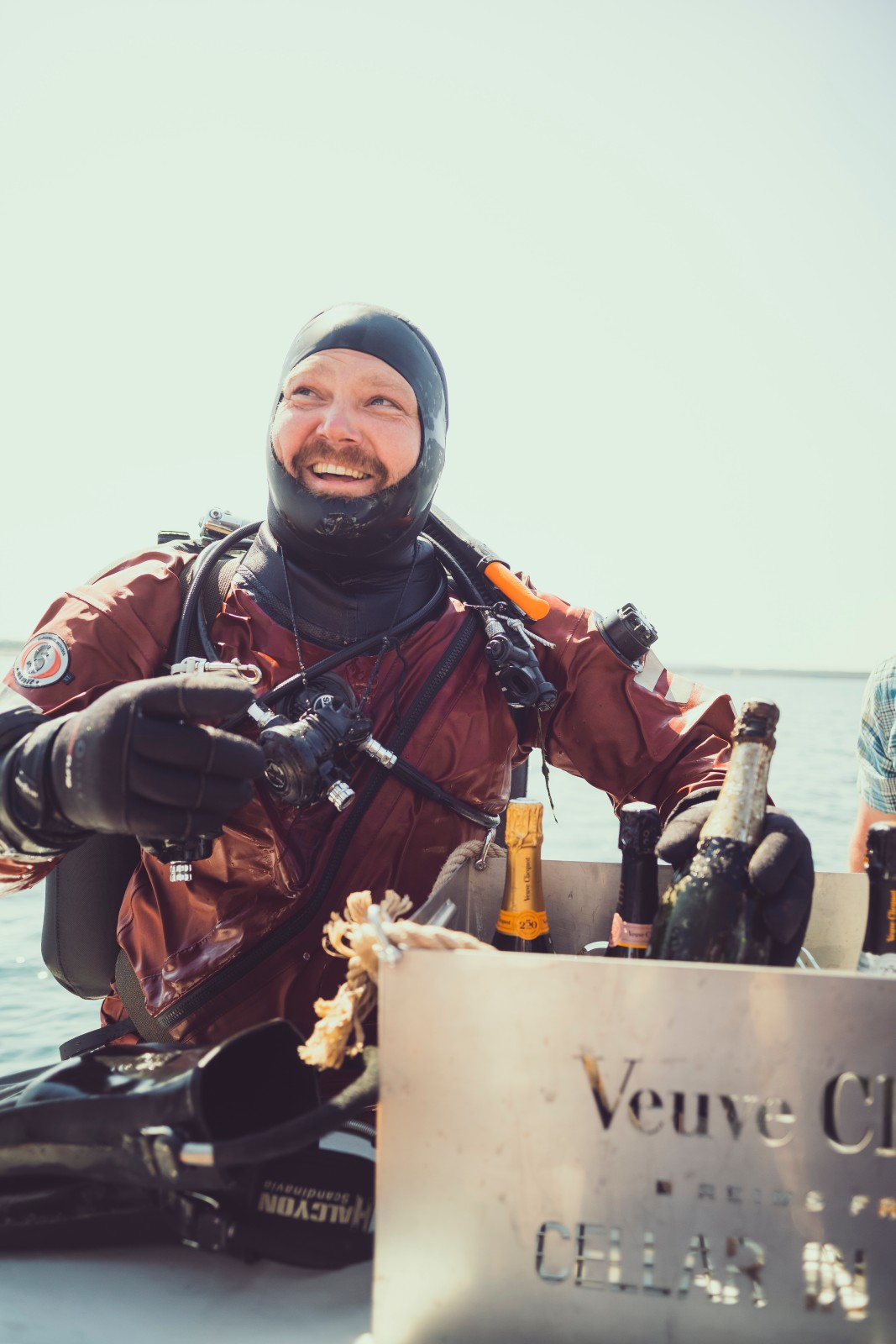
Early July is a magical time to be in the Åland archipelago, Finland, when the sky is still light past midnight. It was one of these white nights in July 2010, that diver Christian Ekström and his team made a stunning discovery from a 70-year-old shipwreck, 42m deep.
In the 1840s a ship transporting 168 bottles of Champagne sank south of the Åland islands. To the delight of the dive team, the mystery glass bottles were intact, although unlabelled and covered in musty, organic film from the decades on the seabed.
“On that evening in July, seven cold divers steamed back to the harbour looking curiously at a glass bottle,” recalls Ekström on his Instagram page. “Like a defiant child, I took a sip from the bottle and... it didn’t seem poisonous! Curiosity took over and I had to find out what this sweet, tasty liquid was,” he says.
He and the dive crew had gone out to explore shipwrecks, not expecting to find anything. As it happened, the divers had unearthed an admirable collection of record-breaking aged Champagnes, including Heidsieck, Juglar, which later became Jacquesson, 47 bottles of Veuve Clicquot from 1839-1841, and a bottle of Perrier-Jouët from 1825, one of the oldest Champagnes still drinkable.
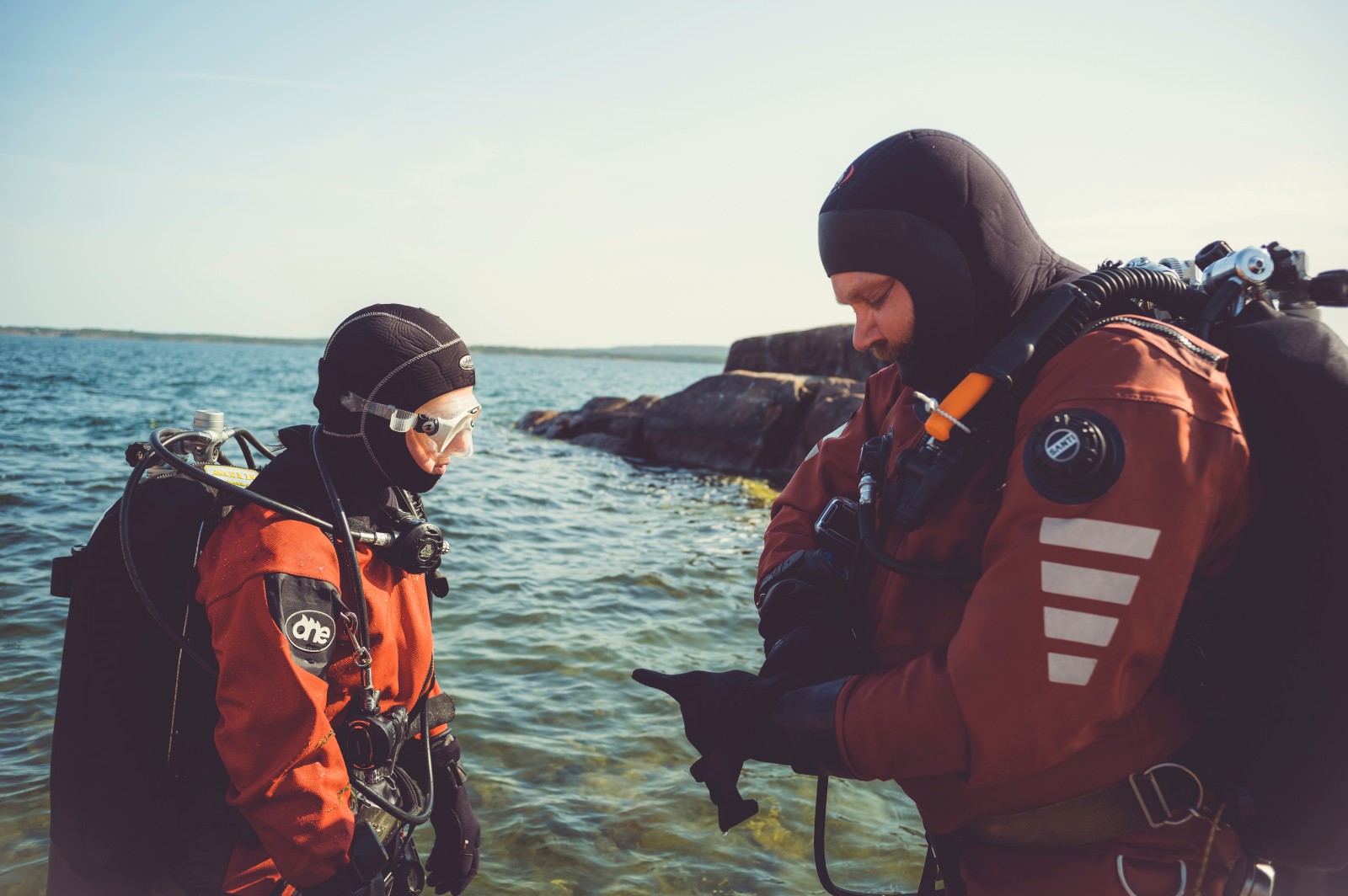
Ekström contacted Åland-born oenophile and sommelier Ella Grüssner Cromwell-Morgan, who also runs a boutique hotel with her husband in Saltvik. They sat in her garden trying to demystify the ancient bottle from the sea.
“At first we did not know what we were dealing with, but the typical bottle shape and the corks pointed to Champagne,” she said in an interview with Goose magazine. “The contents were very sweet, more like a cider matured in an oak barrel, a full-bodied bouquet of ripe fruit with a hint of tobacco.”
With such an extraordinary haul, a fittingly sensational tasting experience had to be dreamed up. These were special bottles after all; a single bottle of the shipwrecked Veuve Clicquot was sold to an anonymous bidder from Singapore for €30,000 by New York auction house Acker Merrall and Condit.
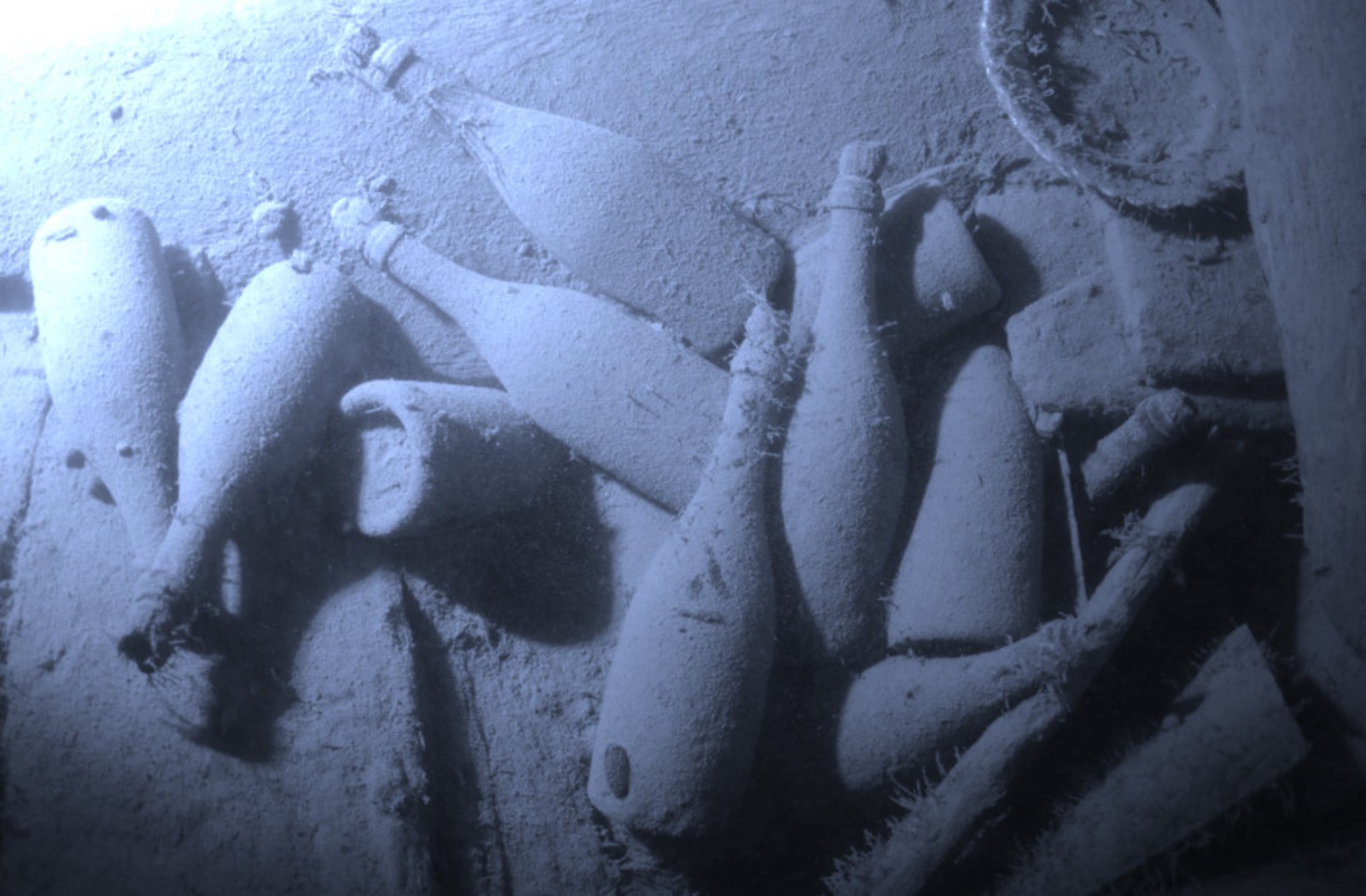
In June 2023, Veuve Clicquot hosted the first of several tasting events of the ‘ocean terroir’ with very limited spaces available. After meeting in Champagne for a gala dinner and staying at Hôtel du Marc, the private residence of Veuve Clicquot, 14 guests were whisked by air to the remote island of Silverskår for a two-night stay, and experienced divers were able to dive with Ekström to see where the precious bottles were originally found.
Veuve Clicquot has also launched a 40-year oenological experiment called Cellar in the Sea in the Baltic. It has sunk “a cage” of dozens of bottles of Champagne in 75cl bottles, as well as magnums, to 42m, the same depth as the shipwreck, and will retrieve the wines every five years.
Didier Mariotti, cellar master of Veuve Clicquot, and wine experts will conduct comparative tastings between the bottles stored in the sea and those in the Crayères in Reims. Once the bottles are retrieved, they are tasted and checked by our internal team of oenologists with the support of specialists from the Institut de la Vigne et du vin à Bordeaux.

A selection of non-vintage Yellow Label champagnes, Vintage Rosé 2004, and demi-sec Champagnes will be submerged, with the wider aim of gaining a deeper knowledge of wine ageing. Mariotti believes Champagne tastes better for having been stored under the sea, as opposed to in a cellar, often presenting greater intensity and finer bubbles. There is also less chance of oxidisation.
“The bottom of the sea makes for good storage due to the three essential elements for ageing wine: the absence of light, a consistent low temperature of around 12C, and an equal pressure on the cork. One example is that we found is that the magnum format preserves the freshness even more,” he adds.
The discovery will have helped to shine a light on the growing interest in deep-sea wine cellars, from Greece to Italy to Chile and the US. Once considered a fad, some of the first underwater wineries include one of Spain’s largest underwater winery Crusoe Treasure and Edivo Vina in Croatia, which opened in 2013 and 2017, respectively, and have seen strong demand ever since.
But for those who can’t wait several months for their bottle to be fully sea-aged, there is good news. Mariotti says: “We know we still have bottles from 1840 in that same shipwreck, and probably many others; the Baltic Sea is a ‘shipwreck cemetery’ as it used to be one of our favourite shipment routes to the Russian market.”
There may be more delicious 170-year-old Champagnes keeping the fish company.
This article originally appeared in Billionaire's Taste and Travel Issue. To subscribe click here.

